George Everette “Bud” Day (February 24, 1925 – July 27, 2013) was a United States Air Force Colonel and pilot who served during the Vietnam War, including five years and seven months as a prisoner of war in North Vietnam. Day is a recipient of the Medal of Honor and the Air Force Cross.
Day was born in Sioux City, Iowa, on February 24, 1925. In 1942, he dropped out of Central High School and enlisted in the United States Marine Corps. He served 30 months in the North Pacific during World War II as a member of a 5 in (130 mm) gun battery with the 3rd Defense Battalion on Johnston Island but he never saw combat.
After the war, Day attended Morningside College on the G.I. Bill, earning a Bachelor of Science degree, followed by law school at the University of South Dakota, receiving a Juris Doctor. Day passed the bar exam in 1949 and was admitted to the bar in South Dakota. In later life, Day was also awarded a Master of Arts degree from St. Louis University, a Doctor of Humane Letters from Morningside, and a Doctor of Laws from Troy State University. Day was admitted to the Florida Bar in 1977.
Following his service in World War II, Day joined the Army Reserve and received a direct commission as a Second Lieutenant in the Iowa Air National Guard in 1950, and was called to active duty in 1951 for Undergraduate Pilot Training in the U.S. Air Force. He served two tours as a fighter-bomber pilot during the Korean War flying the Republic F-84 Thunderjet. Promoted to captain, he decided to make the Air Force a career and was augmented into the Regular Air Force. He then transitioned to the F-100 Super Sabre in 1957 while stationed at RAF Wethersfield in the United Kingdom.
Anticipating retirement in 1968 and now a major, Day volunteered for a tour in Vietnam and was assigned to the 31st Tactical Fighter Wing at Tuy Hoa Air Base in April 1967. At that time, he had more than 5,000 flying hours, with 4,500 of them in fighters. On June 25, 1967, with extensive previous service flying two tours in F-100s, Major Day was made the first commander of Detachment 1, 416th Tactical Fighter Squadron, 37th Tactical Fighter Wing based at Phu Cat Air Base.[2] Under the project name “Commando Sabre”, twin-seat USAF F-100Fs were evaluated as a Fast Forward Air Control (“Fast FAC”) aircraft in high threat areas, given that F-4 Phantom II aircraft were in high demand for strike and Combat Air Patrol (CAP) roles. Using the call sign Misty, the name of Day’s favorite song, his detachment of four two-seat F-100Fs and 16 pilots became pioneer “Fast FACs” (Forward Air Controllers) over Laos and North Vietnam.
On August 26, 1967, Major Day was flying F-100F-15-NA, AF Serial No. 56-3954, call sign “Misty 01”,[3] on his 26th Fast FAC sortie, directing a flight of F-105 Thunderchiefs in an air strike against a surface-to-air missile (SAM) site north of Thon Cam Son[4] and west of Dong Hoi, 20 mi (32 km) north of the DMZ in North Vietnam. Day was on his 65th mission into North Vietnam and acting as check pilot for Captain Corwin M. “Kipp” Kippenhan, who was upgrading to aircraft commander. 37 mm antiaircraft fire crippled the aircraft, forcing the crew to eject. In the ejection, Day’s right arm was broken in three places when he struck the side of the cockpit, and he also experienced eye and back injuries.
Kippenhan was rescued by a USAF HH-3E, but Day was unable to contact the rescue helicopter by survival radio and was quickly captured by North Vietnamese local militia. On his fifth night, when he was still within 20 mi (32 km) of the DMZ, Day escaped from his initial captors despite his serious injuries. Although stripped of both his boots and flight suit, Day crossed the Demilitarized Zone back into South Vietnam, becoming the only U.S. prisoner of war to escape from North Vietnam. Within 2 mi (3 km) of the U.S. Marine firebase at Con Thien and after 12–15 days of evading, he was captured again, this time by a Viet Cong patrol that wounded him in the leg and hand with gunfire.
Taken back to his original camp, Day was tortured for escaping, breaking his right arm again. He then was moved to several prison camps near Hanoi, where he was periodically beaten, starved, and tortured. In December 1967, Day shared a cell with Navy Lieutenant Commander and future Senator and presidential candidate John McCain. Air Force Major Norris Overly nursed both back to health, and McCain later devised a makeshift splint of bamboo and rags that helped heal Day’s seriously atrophied arm.[5]
On March 14, 1973, Day was released after five years and seven months as a North Vietnamese prisoner. Within three days Day was reunited with his wife, Doris Sorensen Day, and four children at March Air Force Base, California. On March 4, 1976, President Gerald Ford awarded Day the Medal of Honor for his personal bravery while a captive in North Vietnam.
Day had been promoted to Colonel while a prisoner, and decided to remain in the Air Force in hopes of being promoted to Brigadier General. Although initially too weak to resume operational flying, he spent a year in physical rehabilitation and with 13 separate medical waivers, was returned to active flying status. He underwent conversion training to the F-4 Phantom II and was appointed vice commander of the 33rd Tactical Fighter Wing at Eglin Air Force Base, Florida.
Day retired from active duty in 1977 to resume practicing law in Florida. At his retirement he had nearly 8,000 total flying hours, 4,900 in single engine jets, and had flown the F-80 Shooting Star, F-84 Thunderjet, F-100 Super Sabre, F-101 Voodoo, F-104 Starfighter, F-105 Thunderchief, F-106 Delta Dart, F-4 Phantom II, A-4 Skyhawk, A-7 Corsair II, CF-5 Tiger and F-15 Eagle jet fighters.
Following his retirement, Day wrote an autobiographical account of his experiences as a prisoner of war, Return with Honor, followed by Duty, Honor, Country, which updated his autobiography to include his post-Air Force years.



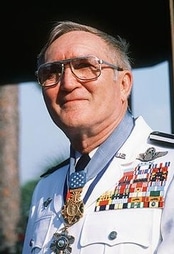

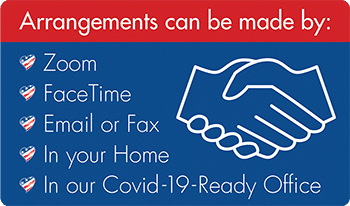

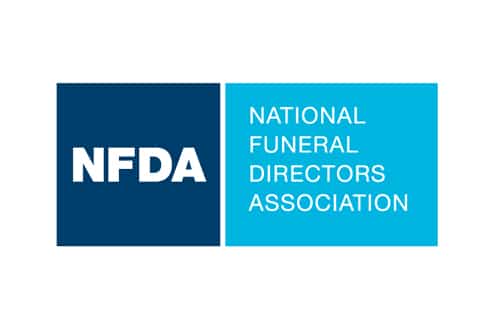
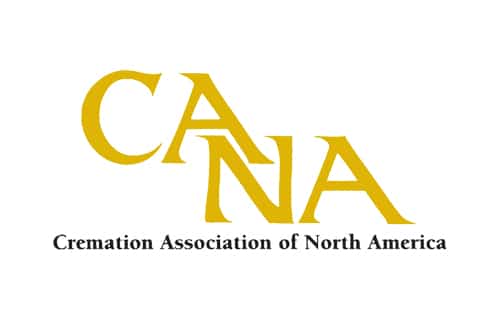
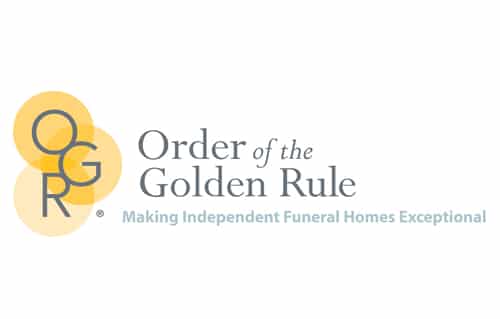

To the family of Col. George “Bud” Day,
My condolences to you all on the loss of your loved one , Col. George “Bud” Day. As a Siouxland native, and South Sioux City American Legion Post #307 member, I must credit my military service to Col. Day. Knowing his initial military service was with the U.S.M.C., I joined and served our nation proudly in the Corps from 1986-1991 and am a Desert Storm veteran.
I remember when times get tough and days are oh so hard, that my pain and struggles are mere bumps in the road compared to the torchure and pain my hero , Col. Day had overcame.
I will forever, honor the memory of his service to this great nation, and am honor to have shook the hand of a true hero. To you all, I render a salute.